Are you tired of the same old pot roast recipe? Looking for a way to elevate that classic comfort food to new heights? Well, look no further. In this article, we will delve into the world of wine and discover the best varietals to enhance your pot roast cooking experience. Whether you are a seasoned chef or just starting out in the kitchen, using wine in your pot roast can add depth and complexity to the flavors, making it a meal worth savoring. So grab a glass of your favorite vintage and let’s uncork some culinary inspiration!
The importance of wine in cooking pot roast
Using wine in cooking pot roast is a game-changer that takes this classic comfort food to new heights. Not only does the addition of wine impart depth and complexity to the dish, but it also helps tenderize the meat and adds moisture throughout the cooking process. The acidity of the wine acts as a natural meat tenderizer, breaking down tough muscle fibers and resulting in melt-in-your-mouth texture.
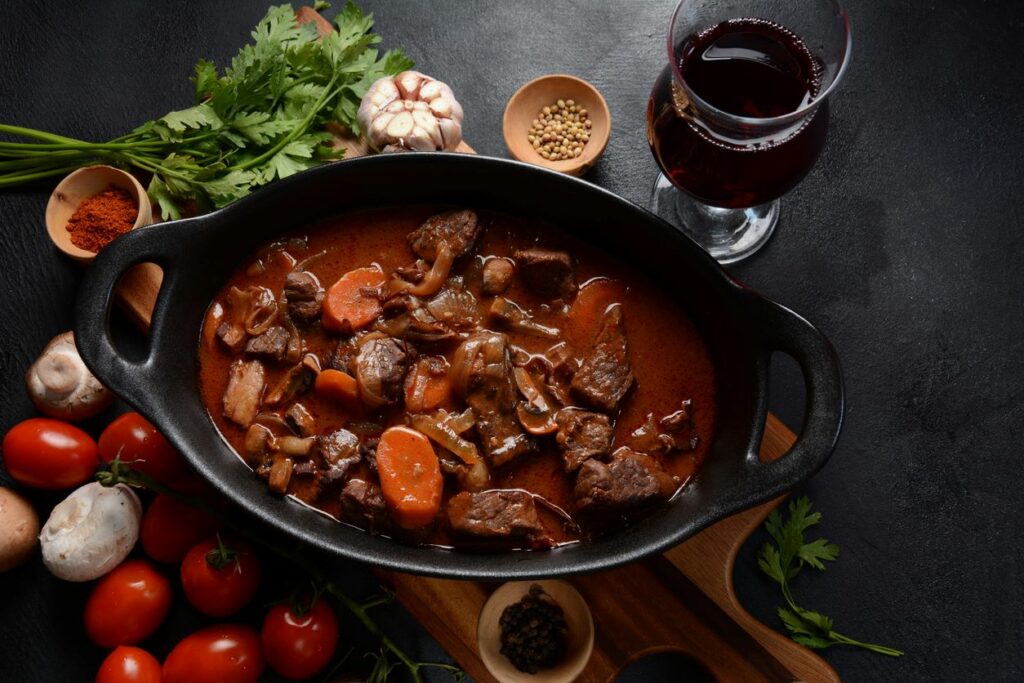
But beyond its technical benefits, wine brings a whole new dimension of flavor to your pot roast. Its rich undertones, whether they be fruity or earthy, lend an elegant touch that takes your dish from ordinary to extraordinary. Plus, as it simmers away with the other ingredients, the flavors meld together into something truly magical.
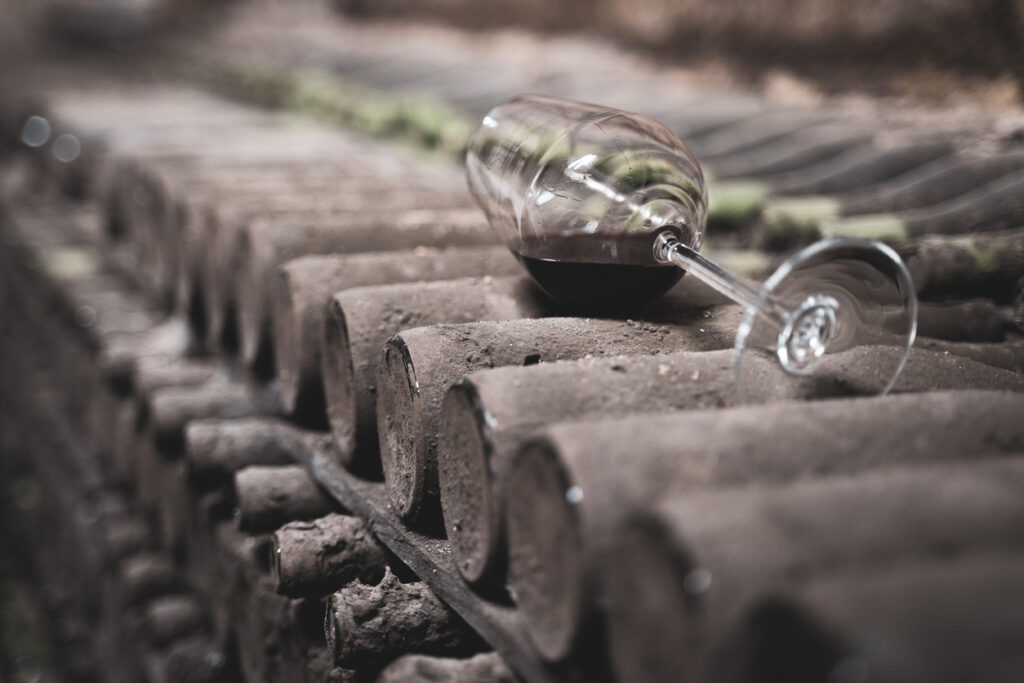
When selecting a wine for your pot roast, opt for one that you would enjoy drinking on its own. This way, you can guarantee that it will enhance rather than overpower your dish. Red wines like Cabernet Sauvignon or Merlot are excellent choices due to their robust flavors and tannins. However, don’t feel limited by tradition – experimenting with different grape varietals or even incorporating white wines can lead to delightful surprises.

So next time you’re making pot roast, don’t shy away from reaching for that bottle of wine on your kitchen counter. Embrace its transformative power and elevate your comfort food experience like never before. Trust me; both your taste buds and dinner guests will thank you for it!
What type of wine to use?
When it comes to cooking pot roast, the type of wine you choose can make a world of difference in the flavor and richness of your dish. While there are no strict rules for which wine to use, red wines tend to be the go-to choice for most chefs. A full-bodied red like Cabernet Sauvignon or Syrah can enhance the deep flavors of beef and add a luxurious depth to your pot roast.
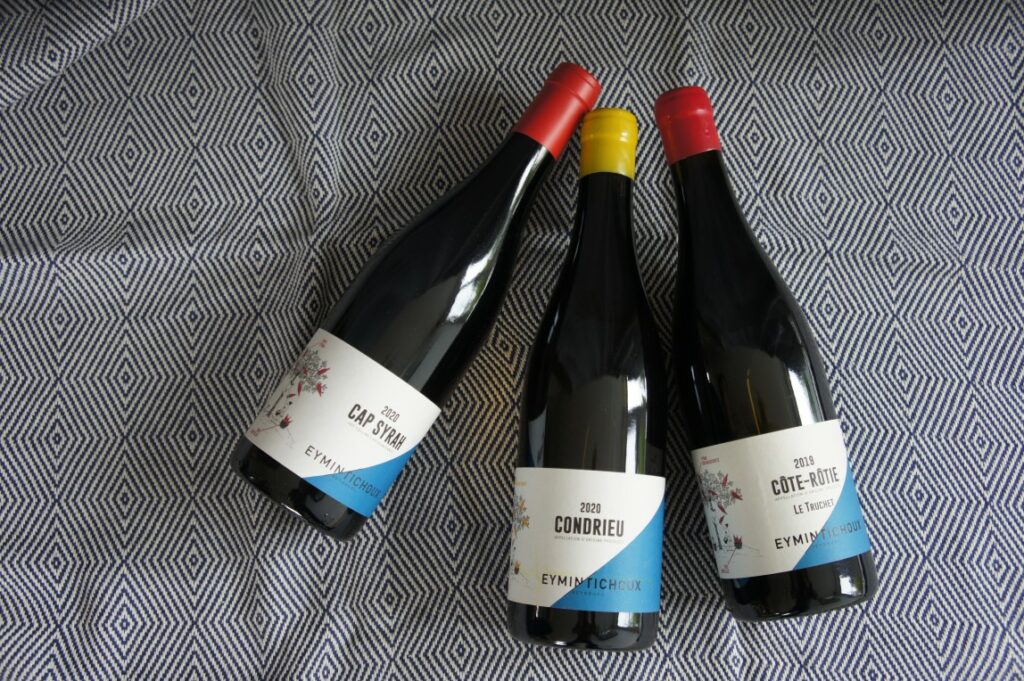
However, don’t limit yourself to only red wines. White wines can also bring unique flavors and aromas to your dish. For a lighter and more delicate pot roast, consider using a white wine such as Chardonnay or Sauvignon Blanc. These wines can provide a subtle hint of acidity that balances out the richness of the beef while adding a touch of brightness.

One pro tip when selecting your cooking wine is to choose something that you would enjoy drinking on its own. Like any other ingredient in your recipe, using high-quality wine will result in a more delicious final product. So whether you prefer red or white, opt for a wine that complements both your taste buds and your pot roast ambitions!
Red or white: which is better?
When it comes to cooking pot roast, there has always been a debate over whether red wine or white wine is superior. Both options bring their unique flavors and characteristics to the dish. Red wine, with its deep and rich profile, adds complexity and depth to the pot roast. It pairs perfectly with hearty meats like beef and adds a robustness that elevates the flavor of the dish. On the other hand, white wine offers a lighter touch, bringing brightness and acidity to balance out the flavors in a pot roast recipe. It is particularly well-suited for those who prefer a milder taste or are looking for a more delicate flavor.

However, it ultimately depends on personal preference and what you want your pot roast to taste like. If you’re someone who enjoys bold and full-bodied flavors, then using red wine would be your best bet. The richness of red wine will contribute to creating a deeply flavorful sauce that coats the meat beautifully. On the other hand, if you’re seeking something lighter yet equally delicious, white wine may be more suitable for your taste buds. Its subtle fruity notes can bring layers of complexity without overpowering other ingredients in the dish.

In conclusion, both red and white wines have their merits when it comes to cooking pot roast; it all boils down to individual preferences and desired flavors. Whether you choose red or white for your next culinary adventure with pot roast will ultimately result in an enjoyable meal provided you pay attention to quality wines that match your tastes adequately.
The role of acidity in wine selection
Acidity plays a crucial role when choosing the perfect wine for cooking pot roast. While some may assume it’s merely a matter of personal preference, understanding the dynamics of acidity can take your pot roast to a whole new level. The right balance of acidity in a wine can enhance the flavors in your dish and provide that much-needed brightness to cut through the richness of the meat.
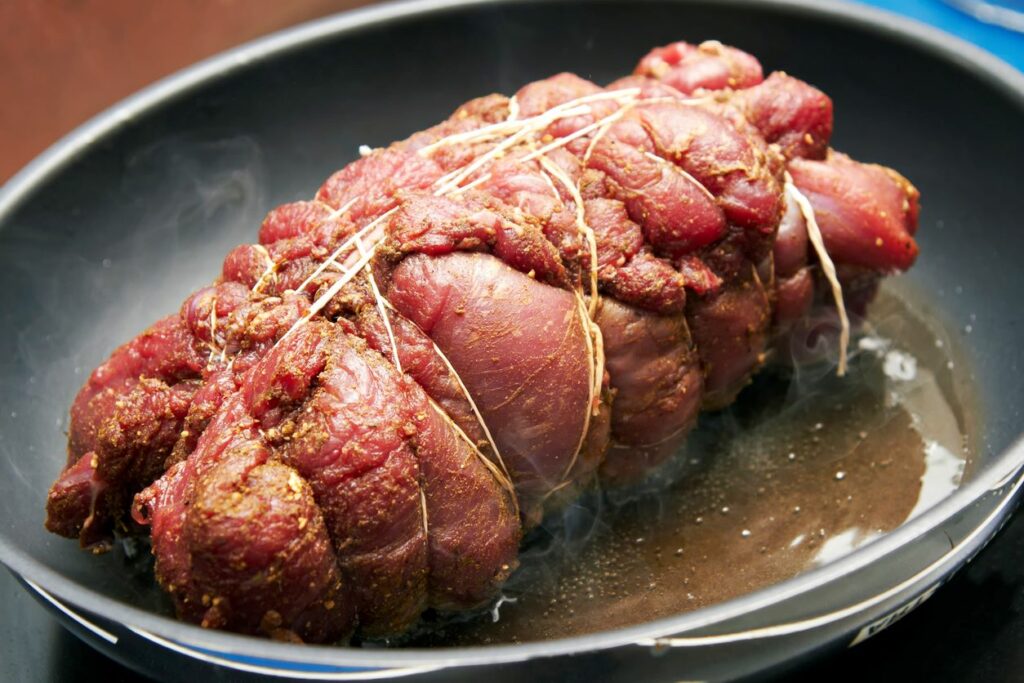
When selecting a wine to cook with, opt for one with higher acidity levels, such as a Sangiovese or Barbera. The acidity will help tenderize the meat while adding complexity and depth to the overall flavor profile. It acts as a natural marinade, breaking down proteins and infusing subtle notes into every bite. Additionally, acidic wines tend to have brighter fruit flavors, which complement and elevate savory dishes like pot roast.
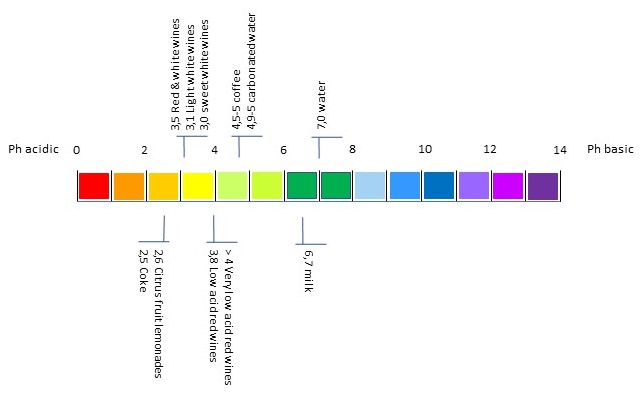
However, it’s important not to overdo it with highly acidic wines as they can overpower delicate flavors present in other ingredients. Striking the right balance is key: too little acidity will result in lackluster flavor while excessive amounts can dominate all other elements on your plate. Keep experimenting by trying different types of wines until you find the sweet spot where acidity harmonizes effortlessly with your pot roast’s unique blend of ingredients
Picking the right flavor profile
When it comes to cooking pot roast, selecting the right flavor profile can make all the difference in creating a memorable and delicious dish. While there are numerous options to consider, one interesting approach is to draw inspiration from different cuisines around the world. For instance, adding Asian flavors like soy sauce, ginger, and star anise can infuse your pot roast with a unique twist. Alternatively, Mediterranean flavors such as garlic, rosemary, and lemon zest can bring a vibrant and refreshing taste to your dish.

Another aspect of choosing the perfect flavor profile for pot roast is considering the cooking method itself. Slow cooking in a crockpot allows for a more delicate incorporation of flavors over time compared to traditional oven roasting or using an instant pot. This makes it ideal for combining aromatic spices like cinnamon or clove with vegetables like carrots and onions. Additionally, experimenting with bold ingredients like beer or red wine can add complexity without overwhelming the overall flavor balance.

Ultimately, selecting the right flavor profile for cooking pot roast is an exciting opportunity to explore different culinary influences and experiment with various ingredients. Whether you opt for international flavors or stick with classic combinations that never fail, remember that personal preferences play a significant role in finding your perfect blend of seasoning. So why not embark on an adventurous gastronomic journey by stepping outside your comfort zone and letting your taste buds guide you towards new culinary heights?
Cooking techniques and wine pairings
One of the most important aspects of cooking a pot roast to perfection lies in the technique used. Simmering the meat low and slow allows it to become incredibly tender, while developing rich flavors. To achieve this, try using a Dutch oven or slow cooker, allowing the heat to circulate evenly throughout. Another technique worth considering is searing the meat before starting the slow-cooking process. This step not only adds beautiful caramelization but also enhances the depth of flavor.
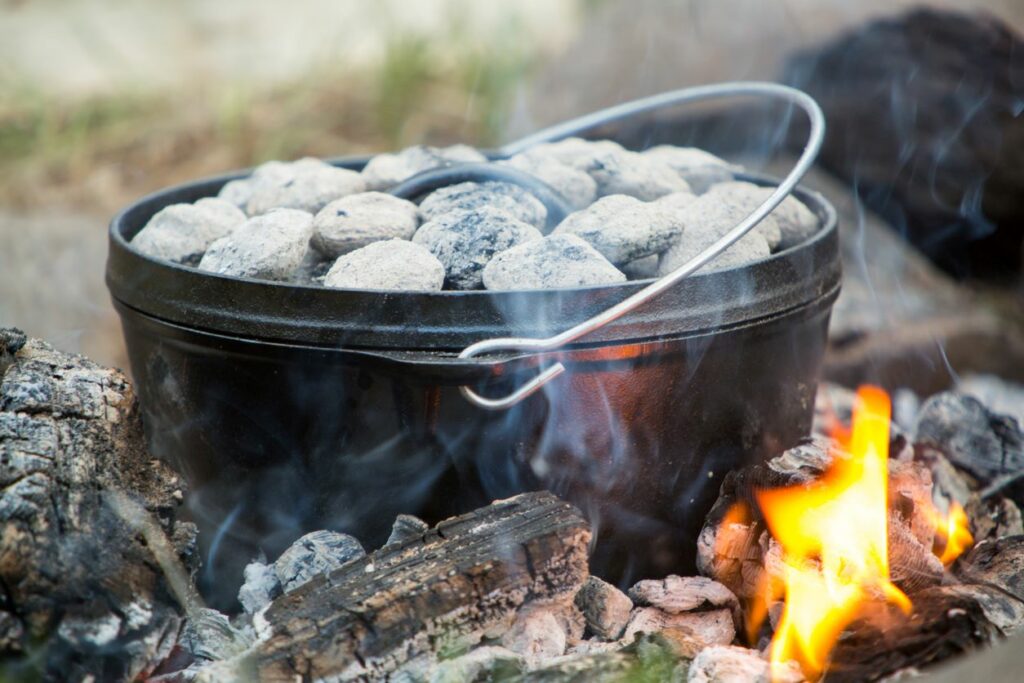
When it comes to wine pairings for pot roast, bold red wines are an excellent choice to complement the richness of this classic dish. A full-bodied Cabernet Sauvignon or a robust Syrah pairs perfectly with the deep flavors and textures found in a pot roast. The tannins in these wines help cut through any fatty elements and enhance both the savory notes of the meat and the richness of any accompanying gravy or glaze. For those who prefer white wine, consider an oaky Chardonnay that has undergone malolactic fermentation, as these wines often display buttery characteristics that balance well with roasted meats like pot roast.

Overall, mastering cooking techniques and finding suitable wine pairings can elevate your pot roast game from delicious to truly exceptional. By using low and slow methods such as simmering or searing along with bold reds like Cabernet Sauvignon or oak-aged Chardonnay for white lovers, you can create a mouthwatering experience that will leave your guests asking for seconds.
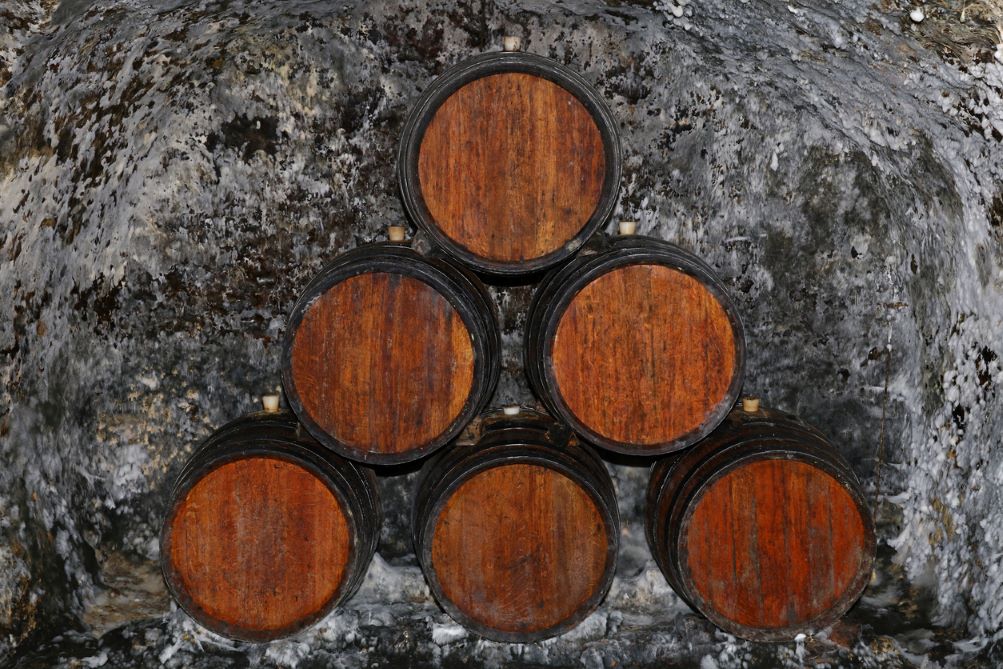
Conclusion
Choosing the right wine to cook pot roast can greatly enhance the flavor and depth of this classic dish. While there are numerous options available, red wines such as Cabernet Sauvignon, Merlot, and Pinot Noir tend to be the most popular choices for their bold and robust profiles. However, it’s important to consider personal preferences and experiment with different varietals to find the perfect match for your pot roast recipe. Whether you opt for a full-bodied red or a lighter option, incorporating wine into your cooking process adds complexity and richness that is sure to impress your guests. So next time you’re preparing a pot roast, don’t forget to reach for a bottle of wine – it may just take your meal to the next level

